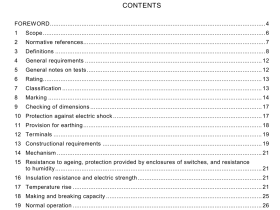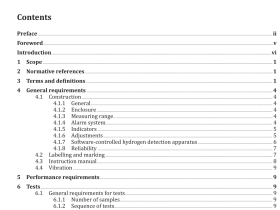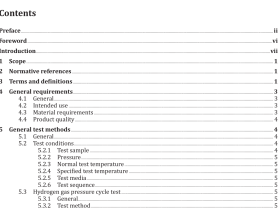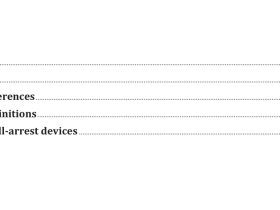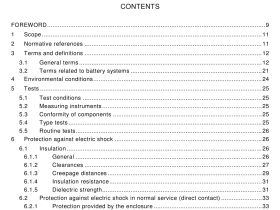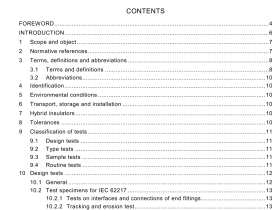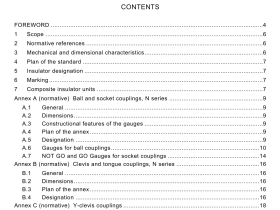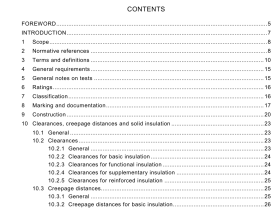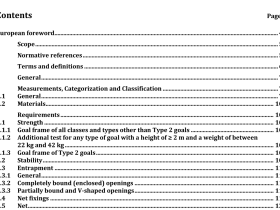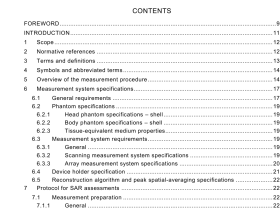AS 15818 pdf download
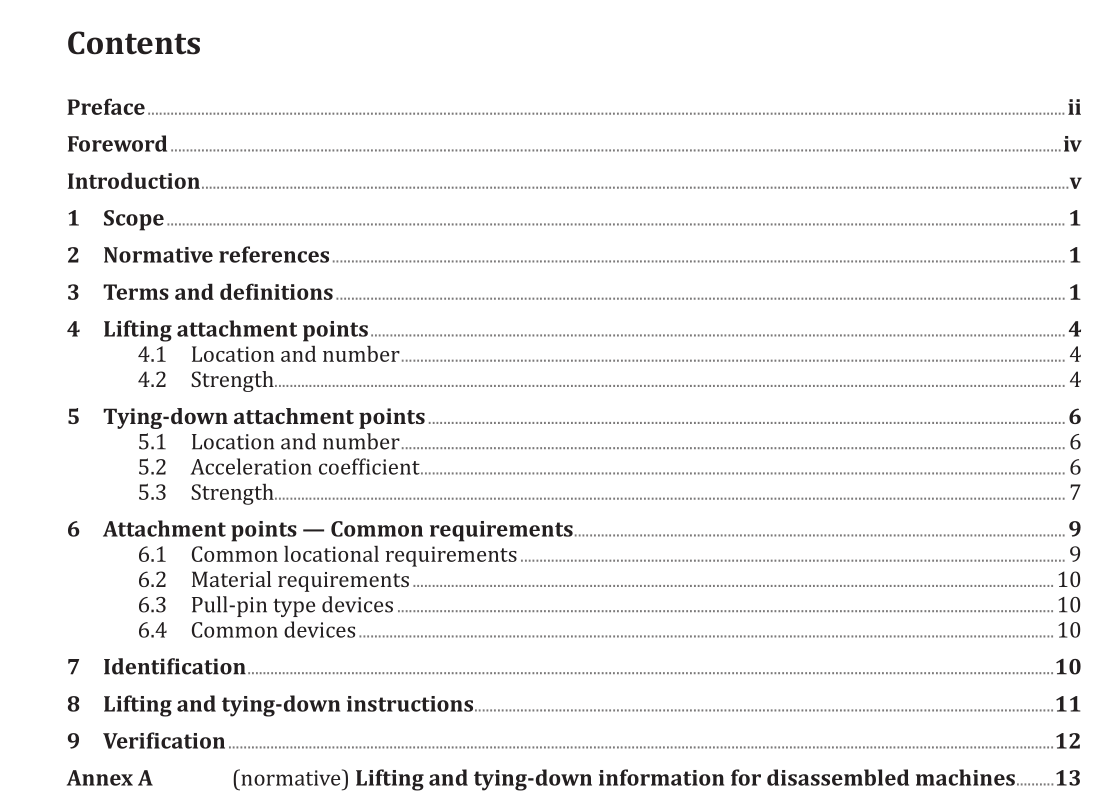
AS 15818 pdf download.Earth-moving machinery — Lifting and tying-down attachment points — Performance requirements (ISO 15818:2017, MOD)
1 Scope
This document specifies the performance requirements for the lifting and tying-down attachment points of earth-moving machinery as defined in ISO 6165. This document also applies to components and subassemblies of earth-moving machinery which the manufacturer intends to be lifted or tied down separately by using lifting or tying-down attachment points. NOTE 1 Some components (e.g. tyres, tyres with wheels, track shoe assemblies, hydraulic cylinders) can be securely tied down without specific tying-down attachment points. This document applies to the following modes of transport: — lifting with cranes (e.g. mobile cranes, gantry cranes); — road transport (e.g. truck, trailer); — rail transport, including combined transport (e.g. wagons with containers, swap-bodies, semi- trailers, trucks); — sea transport. It is not applicable to — airlift or transport by air, or — rail transport of machines on wagons subject to shunting. NOTE 2 National or local regulations can be more stringent. This document does not include requirements for attaching the machine to a platform of the rail car, boat, etc., from which the machine is intended to work.
3 Terms and definitions
For the purposes of this document, the terms and definitions given in ISO 6165 and the following apply.3.1 lifting attachment point device fitted on, or incorporated into, an earth-moving machine, used for lifting the machine or disassembled unit Note 1 to entry: The attachment point can be a hole, a lifting eye or any specific part of the machine as specified by the manufacturer. 3.2 lifting accessory combination of materials (e.g. shackles, wire ropes, slings, chains) used for lifting the machine or disassembled unit 3.3 tying-down attachment point device fitted on, or incorporated into, an earth-moving machine, used for tying down when transporting the machine or disassembled unit Note 1 to entry: The attachment point can be a hole, a tying-down eye or any specific part of the machine as specified by the manufacturer. 3.4 tying-down accessory combination of materials (e.g. chains, wire ropes, shackles, bracing, wheel chocks) used for tying down and fastening when transporting a machine or disassembled unit 3.5 sling assembly of slinging components, such as chains, wire ropes or textile material joined to upper or lower terminals, suitable for attaching to a lifting attachment point (3.1) 3.6 machine lifting configuration manufacturer’s recommended position of the machine for lifting 3.7 machine tying-down configuration manufacturer’s recommended position of the machine for transport3.8 Masses for calculation 3.8.1 mass of each disassembled unit mass of each unit of a machine (e.g. component, subassembly, base machine) that is disassembled for transport Note 1 to entry: It is used for calculating forces exerted on lifting attachment points (3.1) or tying-down attachment points (3.3) of the unit. 3.8.2 whole machine mass for calculation mass of the machine, including the heaviest combination of cab, canopy, operator-protective structures, if any, with all their components and mountings, and any combination of equipment and attachment approved by the manufacturer of the machine, including full-liquid systems excluding payloads Note 1 to entry: It is used for calculating forces exerted on lifting attachment points (3.1) or tying-down attachment points (3.3) of the whole machine.3.9 distributed lifting force force applied onto each lifting attachment point (3.1) from lifting equipment through lifting accessories (3.2) during lifting Note 1 to entry: The distributed lifting force magnitude and direction can be different for each lifting attachment point due to unequal distribution of loads and non-vertical lifting accessories. 3.10 distributed tying-down force restraining force force potentially applied onto each tying-down attachment point (3.3) from transport vehicle through tying-down accessories (3.4) during transport 3.11 working load limit WLL maximum load (mass) that the lifting accessory (3.2) is designed to lift under the conditions specified by the manufacturer 3.12 lashing capacity LC maximum allowable direct force that a tying-down accessory (3.4) can sustain in use 3.13 transport vehicle vehicle to which the earth-moving machine is tied down for transportation purposes
